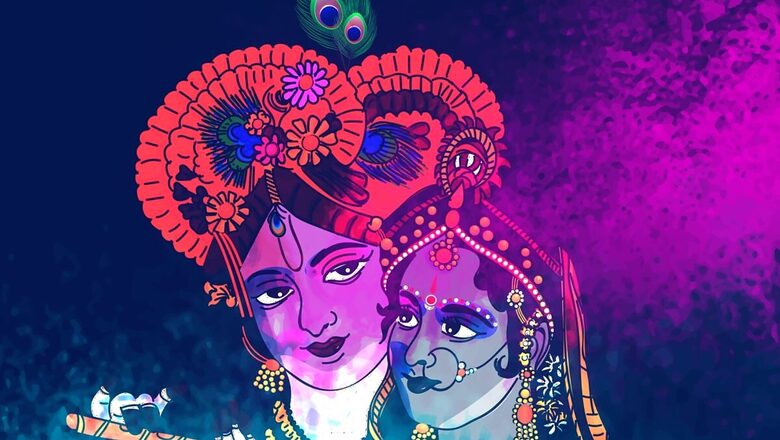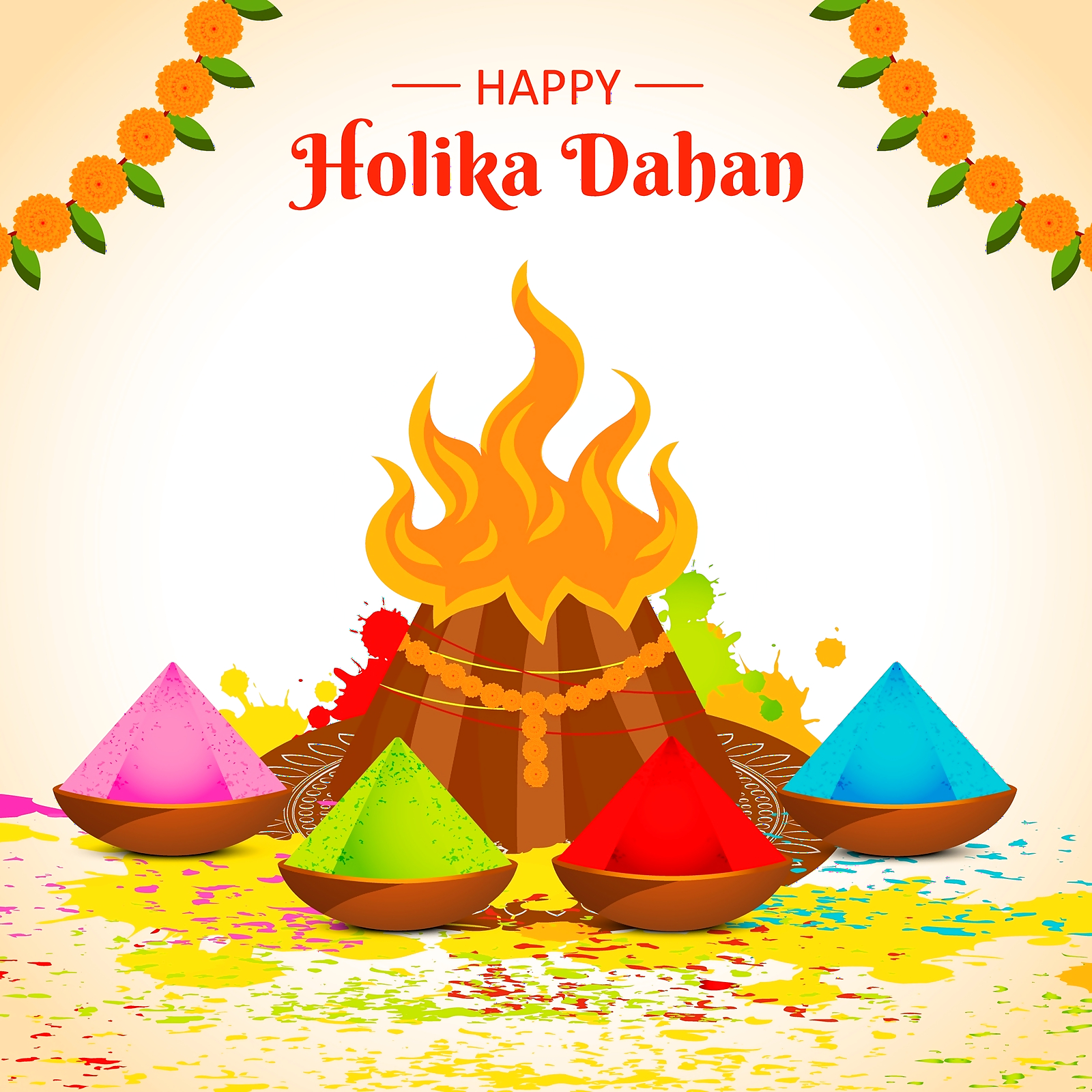
views
Holi is one of the most popular festivals in India. The festival of colours and merry-making has inspired numerous Bollywood songs be it Amitabh Bachchan’s iconic Rang Barse from 1981 film Silsila or Balam Pichkari from 2013 hit Yeh Jawaani Hai Deewani. Even Hollywood films like Outsourced, a 2006 romantic comedy, have a Holi sequence.
Grammy-winning rock band Coldplay showed Holi celebrations in the music video of their 2015 song “Hymn for the Weekend.” It is believed that Holi marks the arrival of spring and the end of winter.

Holi is celebrated across the country with regional variations. The festival takes place on the last full moon day of the Hindu lunisolar calendar month. This usually falls in March. This year Holi is scheduled for March 25, Monday.
History
The festival finds its mention way back to the 4th century in ancient texts. In the 7th century, Indian Emperor Harsha is credited with writing a Sanskrit play “Ratnavali” in which he devotes a portion to Holi. The passage roughly translates to, “Witness the beauty of the great cupid festival which excites curiosity as the townsfolk are dancing at the touch of brownish water thrown … Everything is coloured yellowish red and rendered dusty by the heaps of scented powder blown all over.”
Mythology
The roots of Holi lie in the legend of Prahlad and Holika. Prahlad was the devotee of Lord Vishnu and son of demon king Hiranyakashayap. Hiranyakashyap was deeply angered by his son’s devotion towards Lord Vishu and orders his sister Holika to kill Prahlad by sitting with him on a burning pyre.

Since Holika had the boon to stay unaffected by fire, it was believed that while Holika would remain unscathed, Prahlad would be immolated. Holika tries to kill her nephew by making him sit on her lap as she lies on a burning pyre.
However, Holika ends up burning to death while Prahlad lives due to the divine grace of Lord Vishnu. This legend symbolises the win of good over evil.
A night before Holi, many people commemorate the legend of Prahlad and Holika by burning a bonfire. The ritual is known as Holika Dahan.
The tradition of playing with colours and dousing each other with coloured water traces its roots to folklore of Lord Krishna. As per the lore, Lord Krishna, who had dark complexion, once complained about his dark skin tone to his mother and compared himself to fair-skinned Radha.
To ease his sadness, Krishna’s mother jokingly suggested that he should put colour on Radha so she does not look so fair skinned. This gave rise to ‘Rangwali Holi’, where loved ones are smeared with colours.




















Comments
0 comment